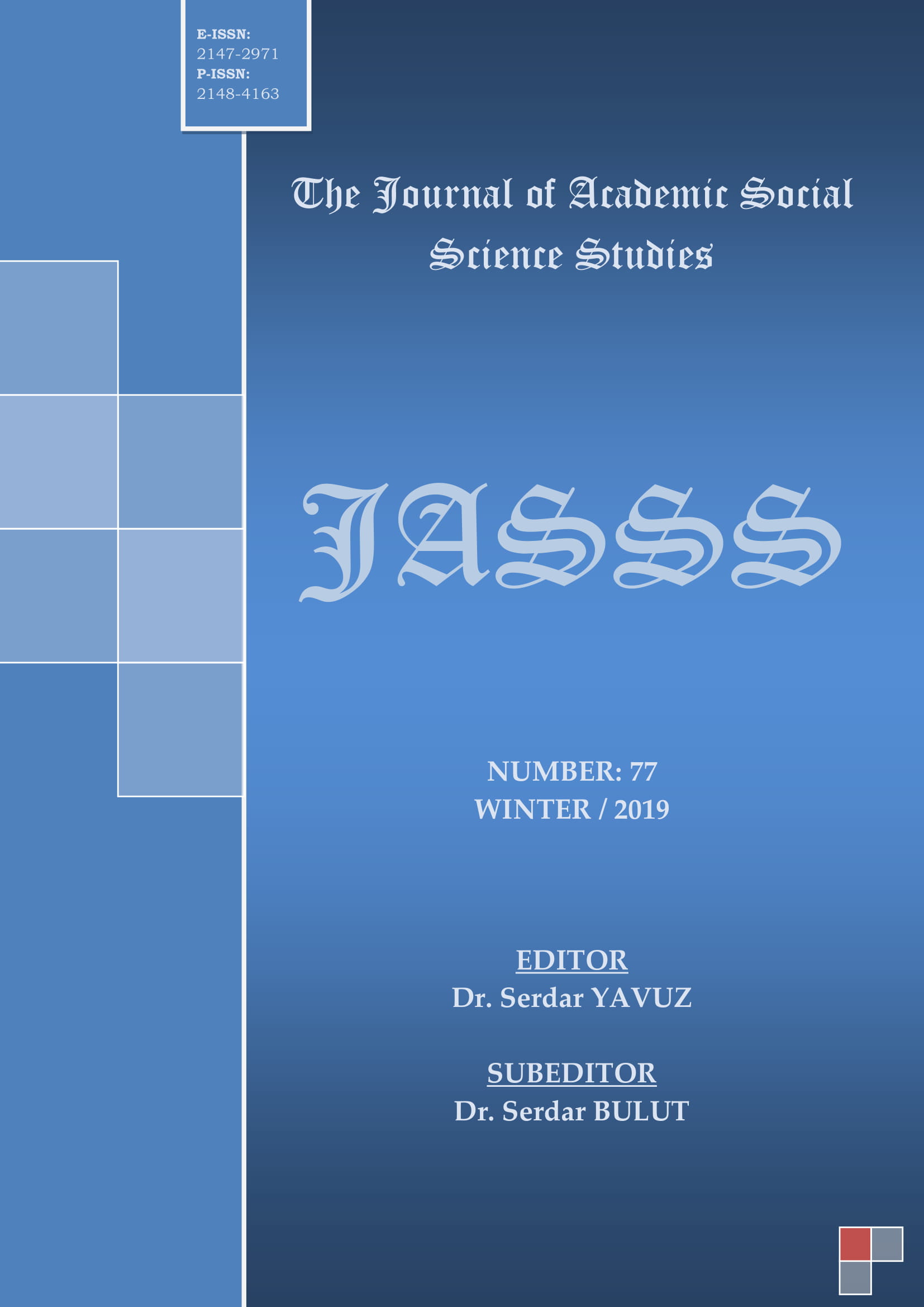Author :
Abstract
Hitaplar, hemen hemen manzum veya mensur her edebî türde karşımıza çıkmaktadır. Şiir dilinin önemli unsurlarından olan hitaplar, içerdiği manalar itibarıyla hitap edilene karşı hissedileni ve bakış açısını ortaya koyması bakımından önemlidir. Hitapları oluşturan kelime ve kelime grupları sayesinde şairin hitap edilenle ilgili tasavvur ve anlayışlarını belirleme imkânı doğmaktadır. Hitaplarda yer alan teşbihler, mukayeseler, göstergeler, sembolik anlatımlar şiirin anlam dünyasına ayrı bir renk katar. Hitaplar aynı zamanda hitap edilene verilen kıymet ve ehemmiyetin göstergesi sayılmakla birlikte, hitap edenle hitap edilen arasındaki konumu ve dereceyi de gösterir. Edebiyat tarihimizde Orhun Kitabeleri, Kutadgu Bilig, Dede Korkut Hikâyeleri gibi eserlerde farklı varlıklara yönelik hitapları görmemiz mümkündür. Asırlar boyunca milletimizin gönlündeki müstesna yerin bir yansıması olarak Hz. Peygamber hakkında üretilen onlarca edebî türde ona yönelik hitaplar dikkat çekici mahiyettedir. Özellikle na’tlar, şiir dilinin taşıdığı etkileyici anlatım gücüyle bu konuda ayrı bir yere sahiptir. Na’tlarda yer alan hitaplar; Hz. Peygamber’in şair muhayyilesinde bıraktığı izleri anlamamıza yardımcı olmaktadır. Çalışmamızda klâsik Türk edebiyatı tarihimizde en fazla na’t kaleme alan şairlerden birisi olarak tanınan Yahyâ Nazîm’in Dîvân’ında Hz. Peygamber’e hitaplar ele alınmıştır. Tespit edilen hitaplar; Hz. Peygamber’in şahsî hususiyetleri, Allah’ın yanındaki konumu, diğer peygamberlerle ve meleklerle mukayesesi, kâinat ve diğer insanlar karşısındaki durumu gibi konularda çeşitli kelime ve kelime gruplarıyla oluşturulan hitaplar olarak sınıflandırılmıştır.
Keywords
Abstract
Address forms appear in almost every literary genre or verse. Address forms, which are important elements of the language of poetry, are important in terms of showing the sense and point of view towards what is addressed in terms of the meaning it contains. Thanks to the words and groups of words that make up the address forms, it is possible to determine the poet's understanding of what is addressed. The similes, comparisons, signs and symbolic expressions in the address forms add a different color to the meaning world of poetry. Address forms are also considered as indicators of value and importance given to the addressee, but also indicate the position and degree between the addressing person and the interlocutor. In many works such as Orhun Inscriptions, Kutadgu Bilig, Dede Korkut Stories, it is possible to see address forms for different entities in our literary history. As a reflection of the exceptional place in the hearts of our nation for centuries, the works produced about the Prophet Muhammad in dozens of literary genres are remarkable. Especially na’ts have a special place in this subject with the impressive expression power of poetry. In our study was examined address forms the appeals to the Prophet Muhammad in Yahyâ Nazîm’s Divan, who is known as one of the most poets who wrote classical Turkish literature in our history. Addresses identified; Prophet Muhammad addresses the personalities of the Prophet, where God is located, his comparison with other prophets and angels, similar situations in the universe and other people, and groups of different language groups. Personal Properties of Prophet Muhammad, in the presence of god, his comparison with other prophets and angels, situation against the universe and other people were classified as addressing with various words and phrases.
Keywords
- Alkan Ataman, H. (2019). Kutadgu Bilig’de Hitaplar ve Göreceli Seslenişler. SUTAD. S. 45, s. 287-306.
- Başcı, A. (2019). Hitabet Sanatı ve Eski Yunan-Roma, Türk ve Cahiliye Dönemi Arap Hitabeti. Kocatepe Üniversitesi Sosyal Bilimler Dergisi, C. 21, S. 1, s. 31-48.
- Çağlıişlek, A. (1991). Yahya Nazim Divanı II (İnceleme-Metin), Yayımlanmamış Yüksek Lisans Tezi, Erciyes Üniversitesi, Sosyal Bilimler Enstitüsü, Kayseri.
- Devellioğlu, F. (1997). Osmanlıca-Türkçe Ansiklopedik Lugat. Ankara: Aydın Kitabevi.
- Gümüş, N. (1992). Yahya Nazim Divanı I (İnceleme-Metin), Yayımlanmamış Yüksek Lisans Tezi, Erciyes
- Kayhan Ertürk, Ş. (1996). Yahya Nazim Divanı V (İnceleme-Metin), Yayımlanmamış Yüksek Lisans Tezi, Erciyes
- Kurban, A. (1992). Yahya Nazim Divanı IV (İnceleme-Metin), Erciyes Üniversitesi, Yayımlanmamış Yüksek Lisans Tezi, Sosyal Bilimler Enstitüsü, Kayseri.
- Şimşek, M. (2007). Yahya Nazim Divanı III (İnceleme-Metin), Yayımlanmamış Yüksek Lisans Tezi, Erciyes
- Uludağ, S. (1998). Hitap. İslam Ansiklopedisi, C. 18, Ankara: TDVY.
- Uludağ, S. (2005). Tasavvuf Terimleri Sözlüğü. İstanbul: Kabalcı Yayınları.
- Yeniterzi, E. (1993). Türk Edebiyatında Na’tlar. Ankara: Türkiye Diyanet Vakfı Yayınları.
- Yıldırım, N. (2017). Çağdaş Türk Yazı Dillerinde Kadına Yönelik Hitaplar. Uluslararası Türk Lehçe Araştırmaları Dergisi (TÜRKLAD), C. 1, S. 1, s. 123-137.
